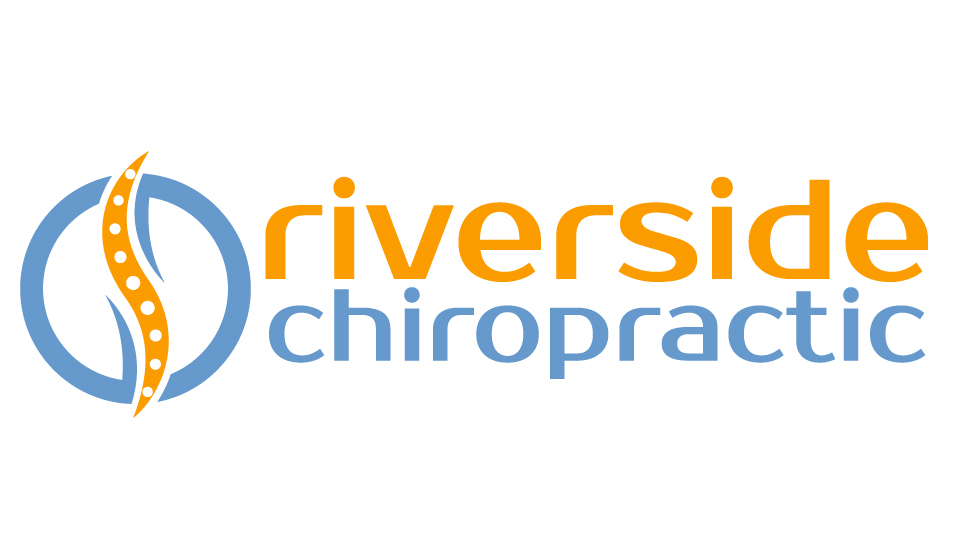Walk into any gym or health club and you’ll find people exercising their core. Core training has taken the world by storm, and for good reason as strengthening the core creates stability and better movement and helps prevent lower back pain. To help you get the most out of your efforts, it’s important you understand what you’re doing. We’ve outlined below the difference between local and global muscles, to help you perform core work safely and effectively.
What Is your Core?
Your core is a shorthand way of referring to all the muscles of your lower back/pelvis/hip area. It’s where your centre of gravity is located and where movement begins. A strong core stabilises the spine and pelvis and supports you as you move. The core has 29 pairs of muscles that fall into two categories:
1) Local Muscles: Think of your local muscles as the deeper muscles, the ones close to the spine and responsible for stabilisation. They don’t have much ability to move the joints. The local muscles are further broken down into primary and secondary categories. The primary local muscles are the Transverse Abdominus and Multifidi (the two most critical muscles for providing stability). The secondary local muscles are the Internal Obliques, Quadratus Lumborum, Diaphragm and Pelvic Floor muscles.
2) Global Muscles: The global muscles are the outermost layer of muscle—they’re the ones you can feel through your skin. They’re responsible for moving joints. The global muscles in the core are the Rectus Abdominus, External Obliques, Erector Spinae, Psoas Major and Iliocostalis.
The core should operate as an integrated functional unit, with the local and global muscles working together to allow easy, smooth, pain-free movement. When the muscles work together optimally, each component distributes, absorbs and transfers forces. The kinetic chain of motion functions efficiently when you do something dynamic, like exercise or run.
Core Injury
An injury to one of the core muscles usually means an episode of lower back pain. When that happens, the deep stabilizers change how they work as a way to compensate for the injury and protect the area. The stabilisers now have delayed action; they’re turned on only after you move, instead of as you move. Because now they’re not functioning as they should, the brain recruits the global muscles to compensate. That causes a core imbalance. The result: pain in the lower back, pelvis and glutes (the big muscles you sit on).
Exercises designed to help get your core muscles back in balance are the best way to prevent re-injury and avoid lower back pain. Traditional abdominal exercises are often recommended to strengthen the global muscles. These exercises can actually increase pressure on the lower spine. Similarly, traditional lower back hyperextension exercises meant to stretch out the lower spine also may actually increase pressure on it. A better approach to preventing lower back pain is restoring stability with the core exercises below.
Abdominal Brace
The abdominal brace activates all the contracting muscles in the abdominal wall. This exercise strengthens the connection between the global muscles and the deep local muscles. This helps restore the balance between them and improves spinal stiffness.
To get an idea of how the muscles in your core work, place your thumbs in the small of your back on either side of your spine. Next, do a hip hinge: bend forward from the hips about 15 degrees. You should feel the muscles in your lower back move as you bend and stand back up again.
To do the brace, stand upright and suck in your stomach, as if you were about to get punched. Hold that for 10 seconds, then relax. Repeat 20 times; do three sets.
You’ll know you’re doing the brace correctly if you poke your extended fingertips right into your side below your ribs and then brace. You should feel the muscles move under your fingertips.
Curl-Ups






